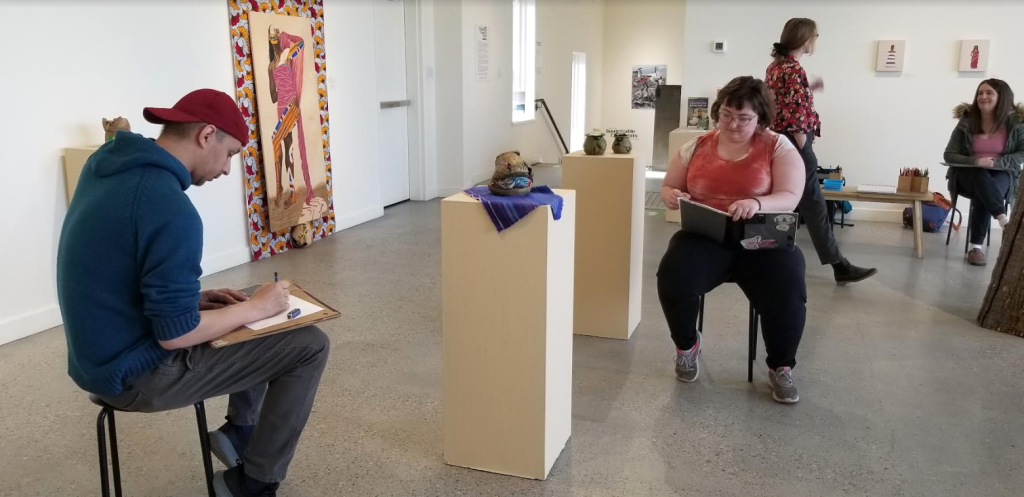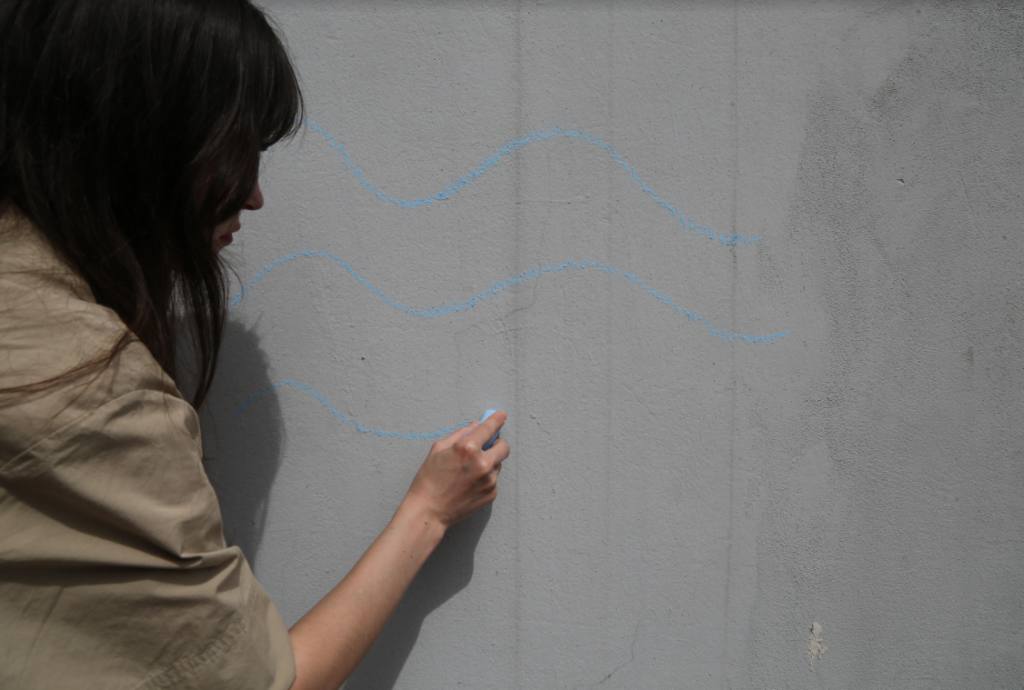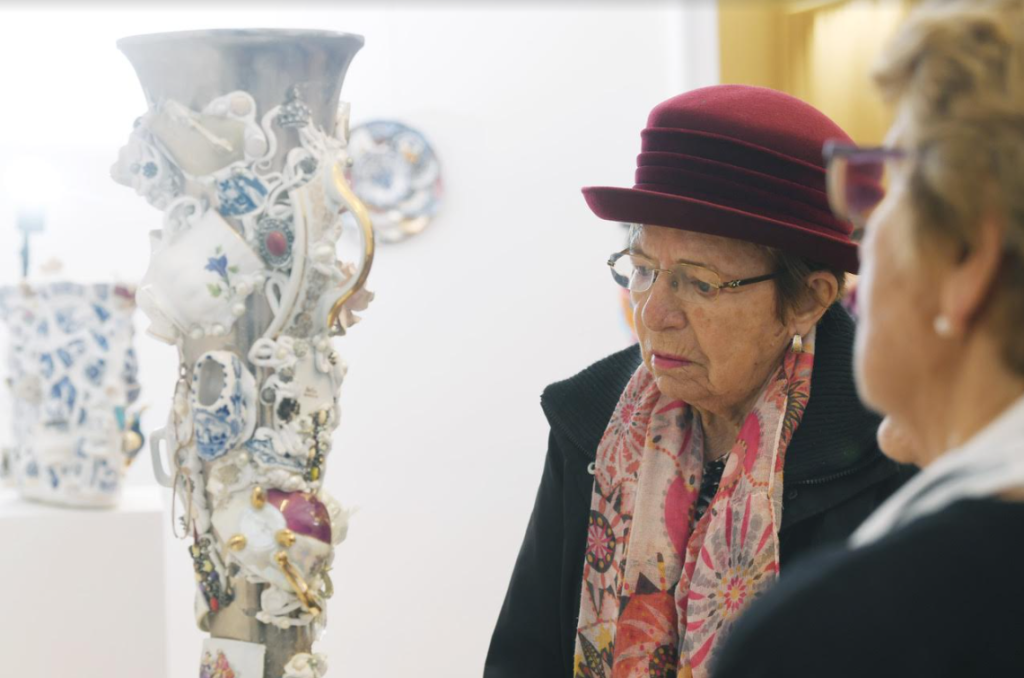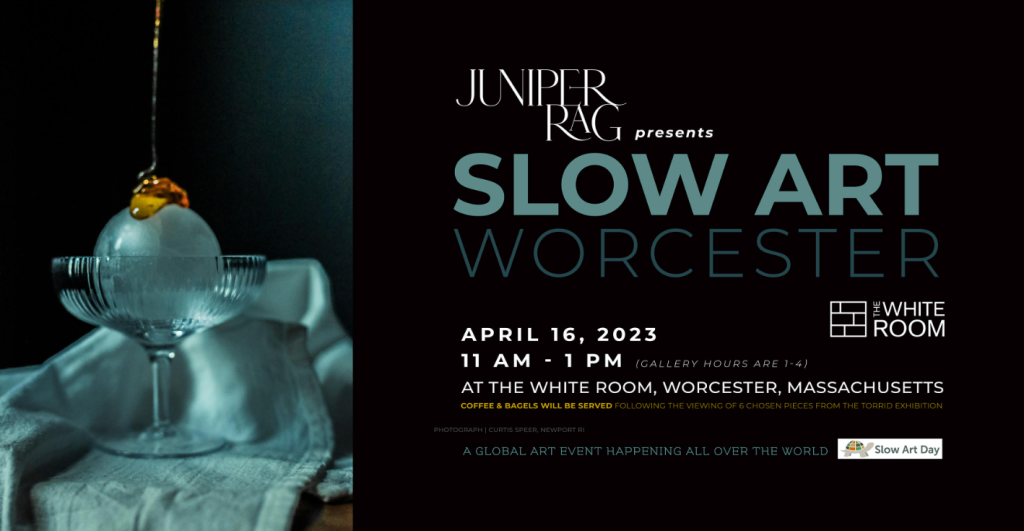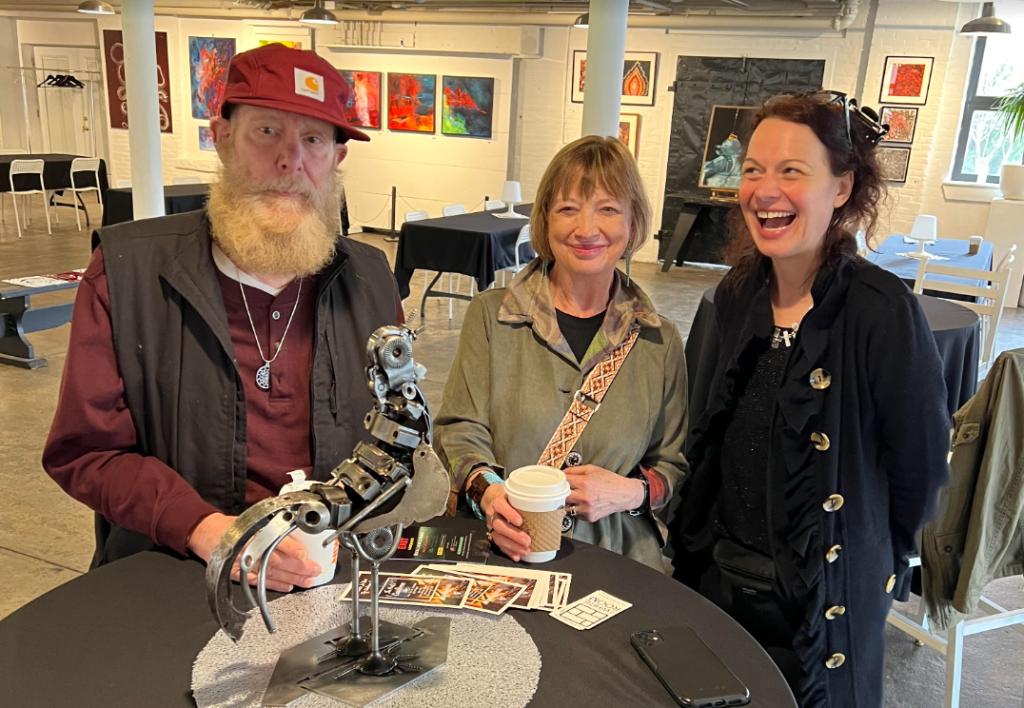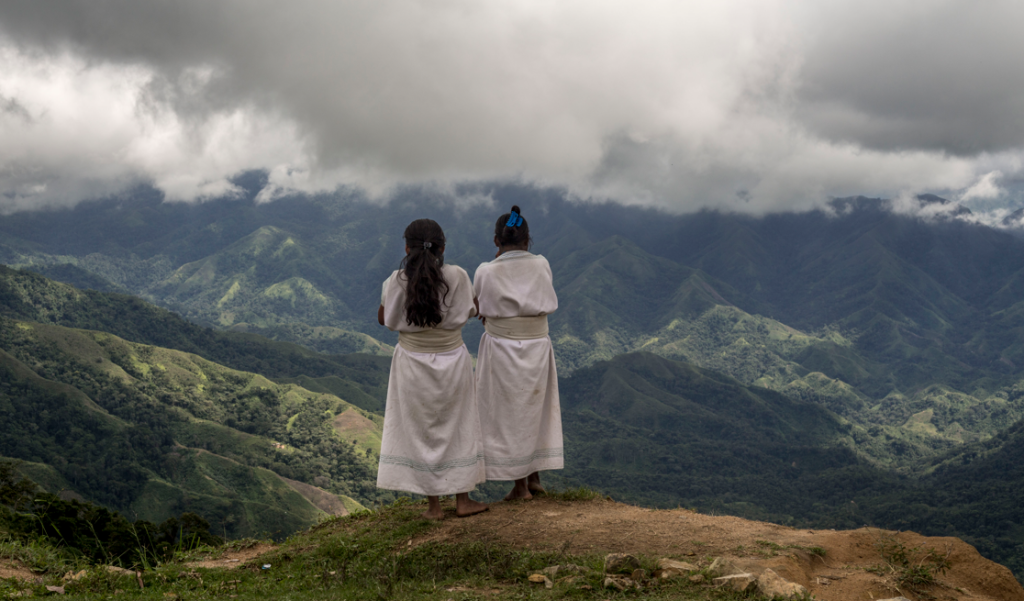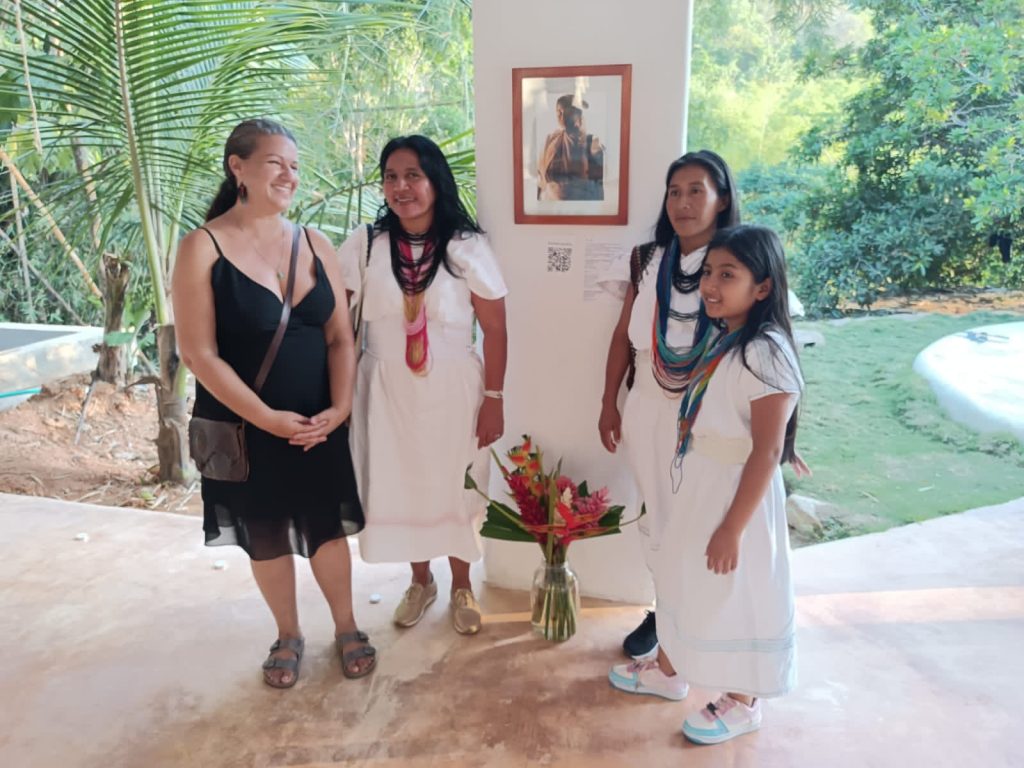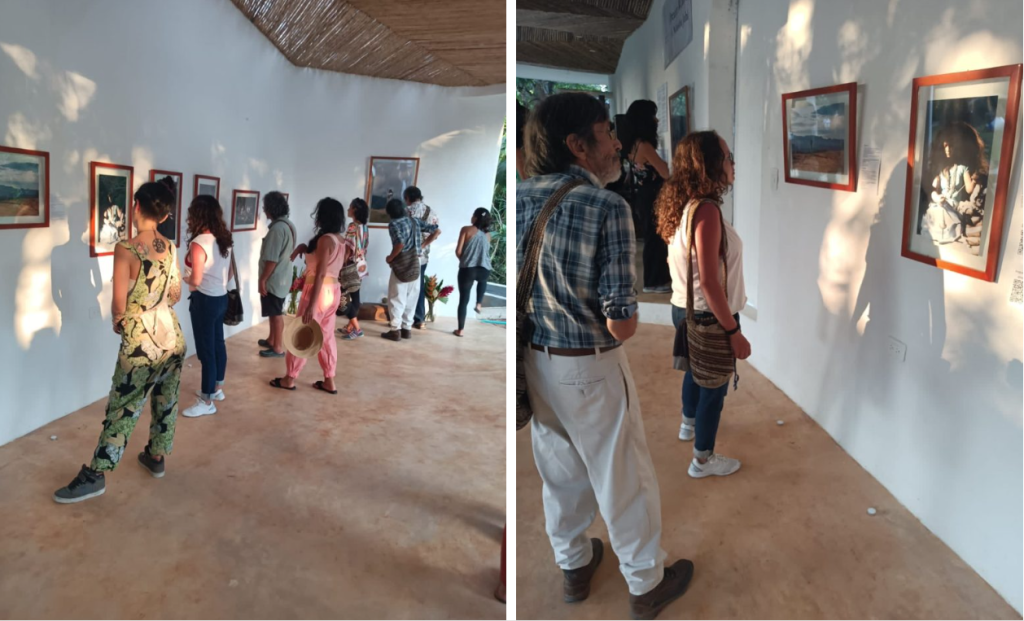For their 5th Slow Art Day, Cliffe Castle Museum (part of Bradford Museums and Galleries), in Bradford, England, invited visitors to look slowly at 5 artworks:
- Butterfield family stained glass window
- A painting of Napoleon III
- Evolution tapestry
- Cliffe Castle Ballroom by Marie-Louise Roosevelt Pierrepont (no image was provided, but you can view similar works by the same artist).
- Mistle Thrush by Liza Dracup


Image credit: Bradford Museums and Galleries

Image credit: Bradford Museums and Galleries
Castle curators guided Slow Art Day participants on a tour to see the selected works of art and castle features. Others who wanted to look on their own were provided with a map showcasing the location of each of the selected objects, as well as a list of prompts (see the map and prompts below). Lowri Jones, Curator of Collections at Bradford Museums, reported that participants left great feedback about the format.


Love this map. How fun to see our turtle spread across the museum.
We also love the inclusion of architecture, which, of course, makes sense with a castle. Having said that, we encourage other institutions to see if there is a way to incorporate parts of their building, architecture or landscape into their Slow Art Day events.
We look forward to whatever Cliffe Castle Museum and Bradford Museums and Galleries come up with for Slow Art Day 2025.
-Johanna, Ashley, Jessica Jane, and Phyl
P.S. Stay up to date with events at Bradford Museums and Galleries via their Facebook, Instagram and X profiles.


